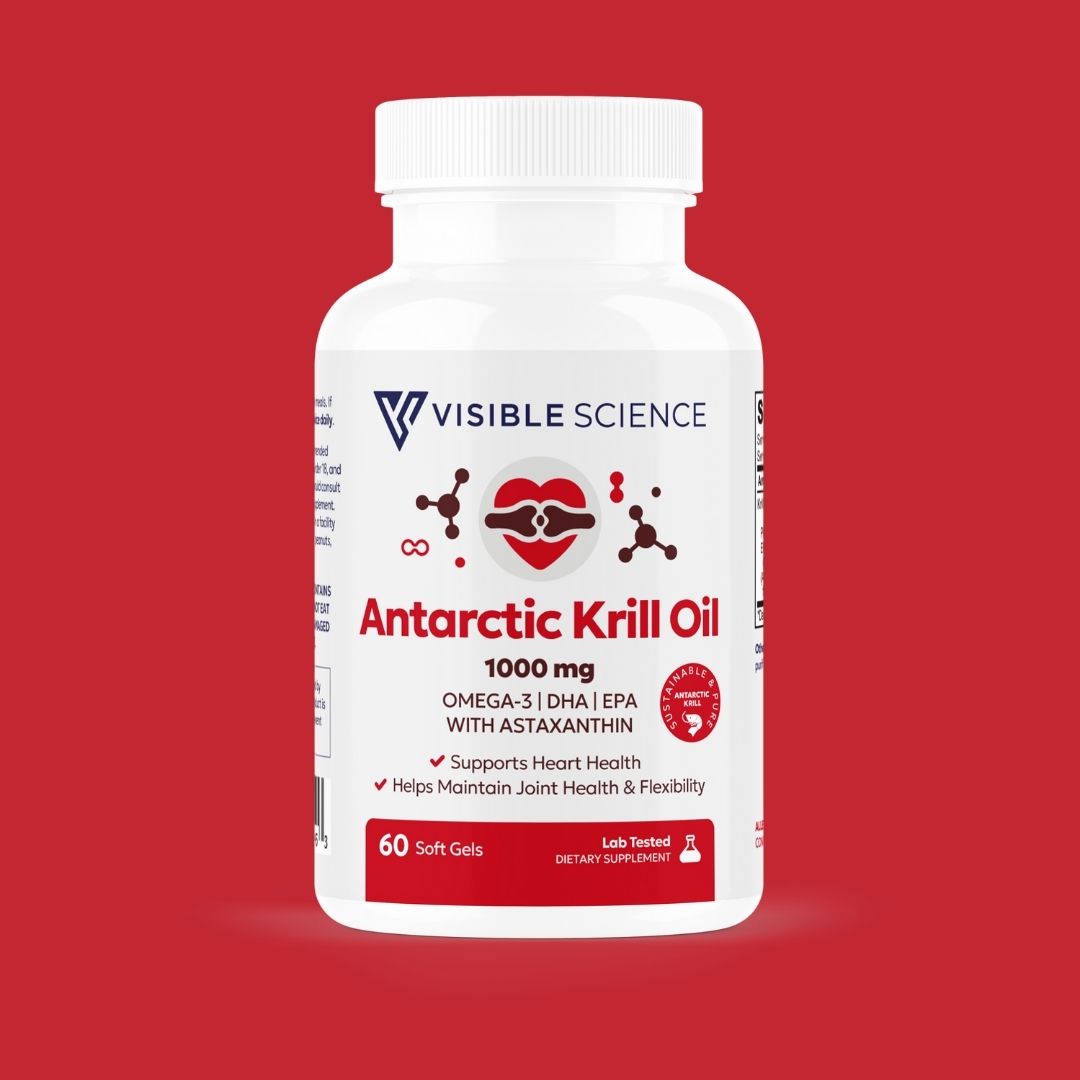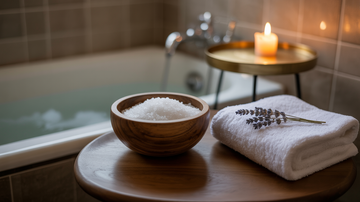Joints Over 40? Snap, Crackle, Smart Moves.
Your 40s often come with more confidence, experience, and... the occasional mystery pop from your knee when you stand up too fast. While those new clicks and creaks might seem random, there are real physiological reasons behind them—and thankfully, smart, simple strategies to help you stay active and mobile well into your later years.
The truth is, your joints do change with age. But that doesn’t mean you’re doomed to stiffness or slowed-down movement. With a few targeted hacks and a better understanding of what’s happening inside your body, you can keep moving with strength, flexibility, and ease.
What’s Really Happening to Your Joints After 40?
Let’s take a quick peek behind the scenes—because those joint changes are more science than surprise.
🔹 Less Lubrication: Your joints rely on a fluid called synovial fluid to keep movement smooth and friction-free. But after 40, production of that fluid naturally slows down, leading to more stiffness—especially after periods of inactivity.
🔹 Thinner Cartilage: Cartilage acts as a cushion between bones. With age, it slowly wears down, which can create more friction and lead to discomfort or stiffness in high-impact joints like knees, hips, and shoulders.
🔹 Tighter Ligaments: Ligaments, the bands of connective tissue that stabilize joints, tend to lose elasticity over time. That means they’re less flexible, which can reduce your range of motion and make certain movements feel tight or restricted.
🔹 Loss of Muscle Mass: Muscle naturally declines with age (a process called sarcopenia), which affects joint stability and increases the risk of injury. Less muscle support = more joint stress.
But here’s the empowering part: You can work with these changes, not against them. Your ability to move well, stay strong, and feel like yourself isn’t gone—it just needs a slightly new game plan.
4 Smart Ways to Support Your Joints Starting Now
1. Eat Joint-Friendly Foods
What you put on your plate matters just as much as how you move. Anti-inflammatory foods like salmon, walnuts, berries, and leafy greens contain omega-3s, antioxidants, and nutrients that help protect cartilage, reduce inflammation, and support joint tissue repair.
💡 Bonus tip: Spices like turmeric and ginger are also great for joint comfort. Add them to smoothies, stir-fries, or tea.
2. Stretch Daily (Especially After Sitting)
Long hours at a desk? Your joints aren’t fans. Sitting for extended periods tightens the hips, hamstrings, and spine, which can increase pressure on the joints when you finally move.
Aim for 5–10 minutes of gentle stretching daily, focusing on your hips, shoulders, and lower back. Even standing up to stretch every hour can improve circulation and ease joint tension.
🧘♀️ Pro tip: Incorporate dynamic stretching (like leg swings or arm circles) before activity, and static stretching (like forward folds or lunges) after.
3. Try Contrast Therapy for Stiffness
Feeling creaky or inflamed? Contrast therapy—alternating hot and cold compresses—can help reduce stiffness, increase circulation, and ease joint tension.
🧊 Use a cold pack to minimize inflammation, especially after activity.
🔥 Follow up with a warm compress or soak to relax tight muscles and promote blood flow.
Do this for 15–20 minutes a few times a week, especially if your joints feel cranky after workouts or long days on your feet.
4. Wear the Right Shoes (Your Joints Notice)
Your feet are your foundation, and the wrong footwear can send shockwaves up to your knees, hips, and spine. As you age, joints become more sensitive to repetitive impact—so cushioning and arch support matter more than ever.
👟 Look for shoes with shock-absorbing soles, proper arch support, and a secure fit. And yes, it might be time to retire those worn-out sneakers. Your joints will thank you with every step.
Meet Your Body Where It’s At (And Keep Moving Forward)
Your joints might feel different in your 40s and beyond—but that doesn’t mean they’re broken. They just need a little extra attention, a few new habits, and some mindful movement. With the right strategies, you can keep moving well, stay flexible, and continue living an active life you love.
Remember: mobility is a long game, and your body is still fully capable. You’ve just got to meet it where it’s at—and support it like the reliable teammate it is.
Here’s to strong joints, smart moves, and feeling like yourself (pops and all).






